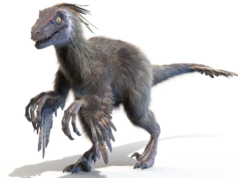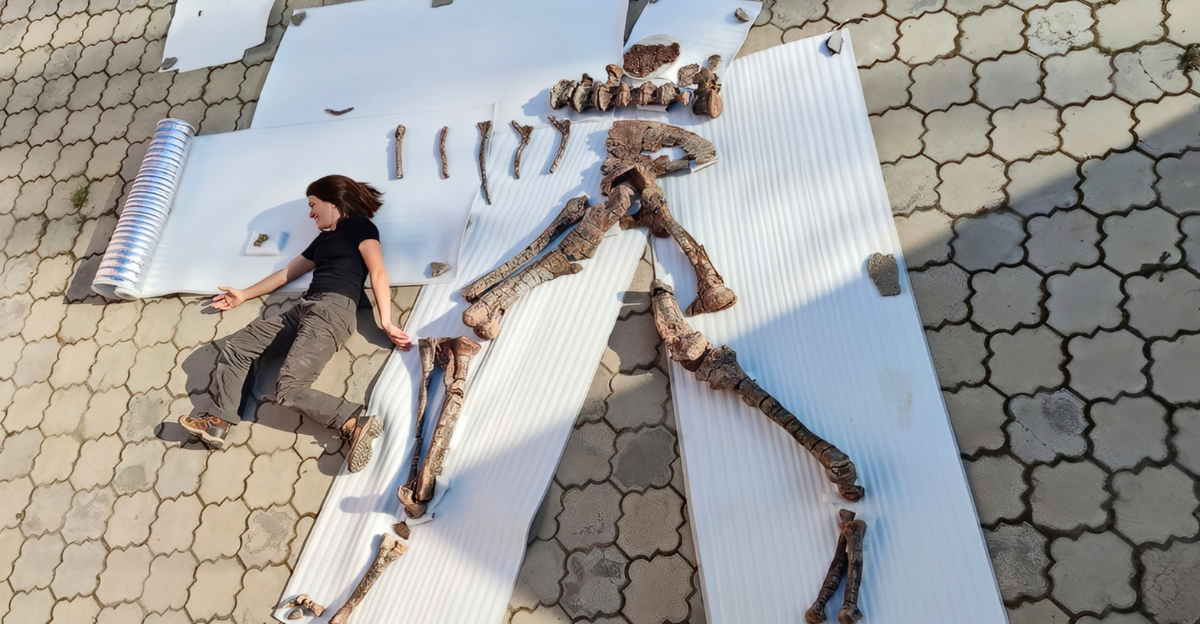
In a sensational paleontological discovery, a near-intact skeleton of a gigantic ground sloth has been unearthed in Florida, and scientists are thrilled. Discovered in the Peace River near Arcadia, the specimen, Eremotherium laurillardi, is a giant extinct mammal that lived in North America during the Pleistocene era around 12,000 years ago.
Far more than a mere fossil find, this skeleton offers an insightful glimpse into ancient Floridian ecosystems, megafaunal biodiversity, and the climatic forces that shaped extinction events.
In this article, we will explore the discovery, its scientific significance, and the broader implications for understanding Florida’s prehistoric past and present ecological processes.
The Unexpected Discovery
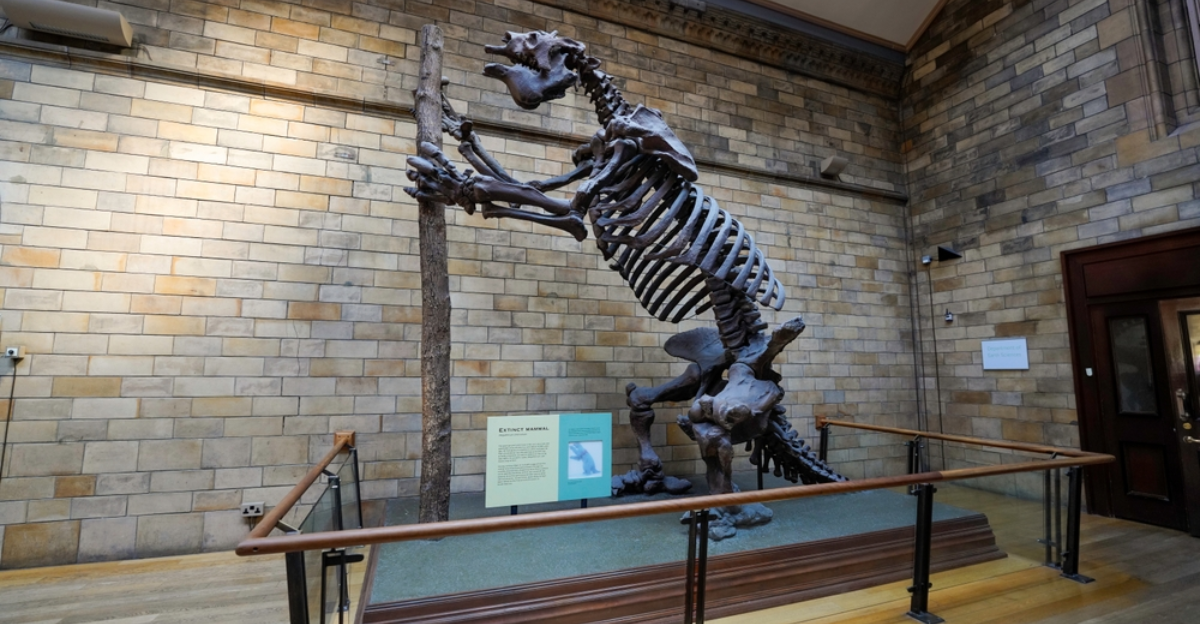
The giant sloth skeleton was found during a routine dredging process in the Peace River, already known as a historic location for fossil discovery. Giant bones embedded in the riverbed’s mud attracted the workers’ attention, prompting an emergency halt of operations and a call to paleontologists from the Florida Museum of Natural History.
The skeleton is remarkably complete, with over 80% of the animal still intact. The skeleton includes the animal’s skull, which is exceedingly rare because skulls are often lost or fragmented due to their fragility.
The riverbed’s waterlogged, oxygen-free environment played a crucial role in preserving the skeleton, a rarity that presents a once-in-a-lifetime opportunity for thorough scientific investigation.
The Identity of the Ancient Giant
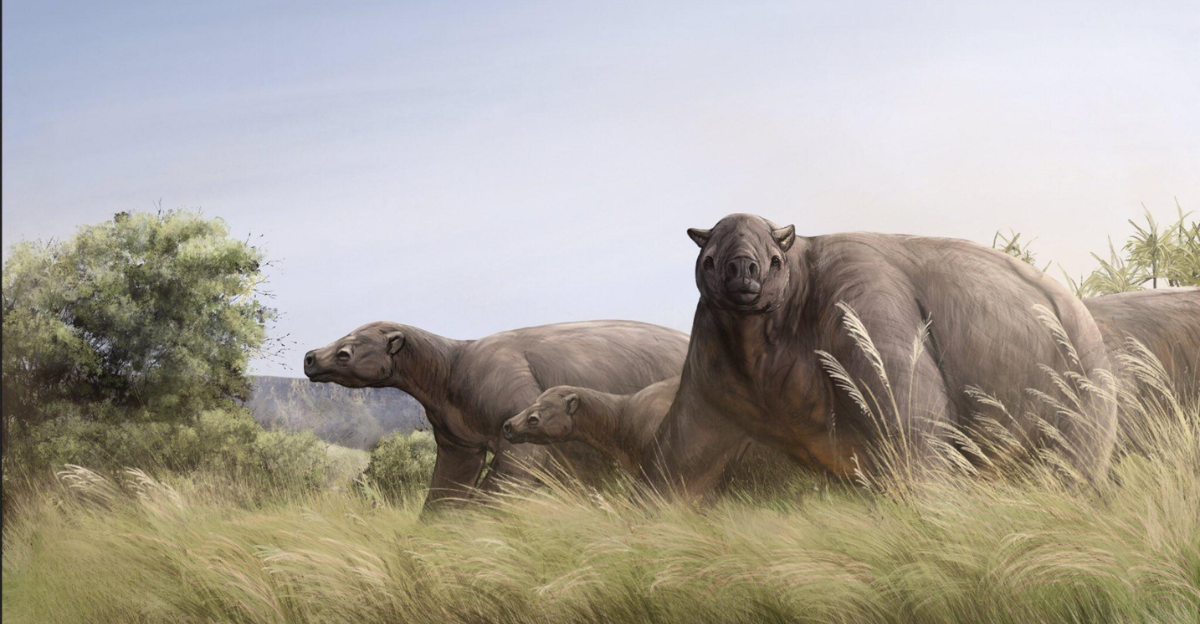
Experts immediately recognized the remains as Eremotherium laurillardi, one of the largest ground sloth species found to date. In contrast to today’s tree sloths, which weigh less than 20 pounds, the ancient giant rose to roughly 15 feet high on its hind legs and weighed up to five tons.
The sloth is an adult male with no indications of trauma or disease, raising questions about its cause of death. Radiocarbon dating places its age toward the end of the last Ice Age, or 12,000 years ago, an era of extensive climatic change and megafaunal mass extinctions.
Ground Sloths in Ancient Florida

During the Pleistocene, Florida’s ecosystem was far different than what it is today. Sea levels were lower, making the peninsula wider, and the climate changed between warm and cold frequently.
The environment at that time supported diverse megafauna, including mammoths, mastodons, saber-toothed cats, and giant ground sloths like Eremotherium. Fossil records indicate that these giants were prevalent in the region.
Sloths played a vital ecological role as giant herbivores, influencing vegetation patterns through their grazing and seed dispersal activities. Their extinction, and that of other megafauna, triggered massive ecological alterations that impacted Florida’s present ecosystems’ evolution.
Anatomical Features and Adaptations

The skeleton offers an unprecedented glimpse into the anatomy of these giant sloths. Unlike the tree-living, slow-moving sloths that we know and love today, ancient ground sloths had powerful limbs with enormous claws that destroyed branches, pulled up roots, and served as a defense mechanism.
The powerful hind limbs and sturdy tail formed a tripod base, allowing the sloth to stand upright to reach tall vegetation. Muscle joints also indicate strong forelimbs that supported a life of slow but vigorous herbivory, best adapted to the Pleistocene era’s flora. Further, the skull shows self-sharpening teeth, with no enamel but specialized dentine ridges, adapted for coarse vegetation.
The Giant Sloth’s Diet
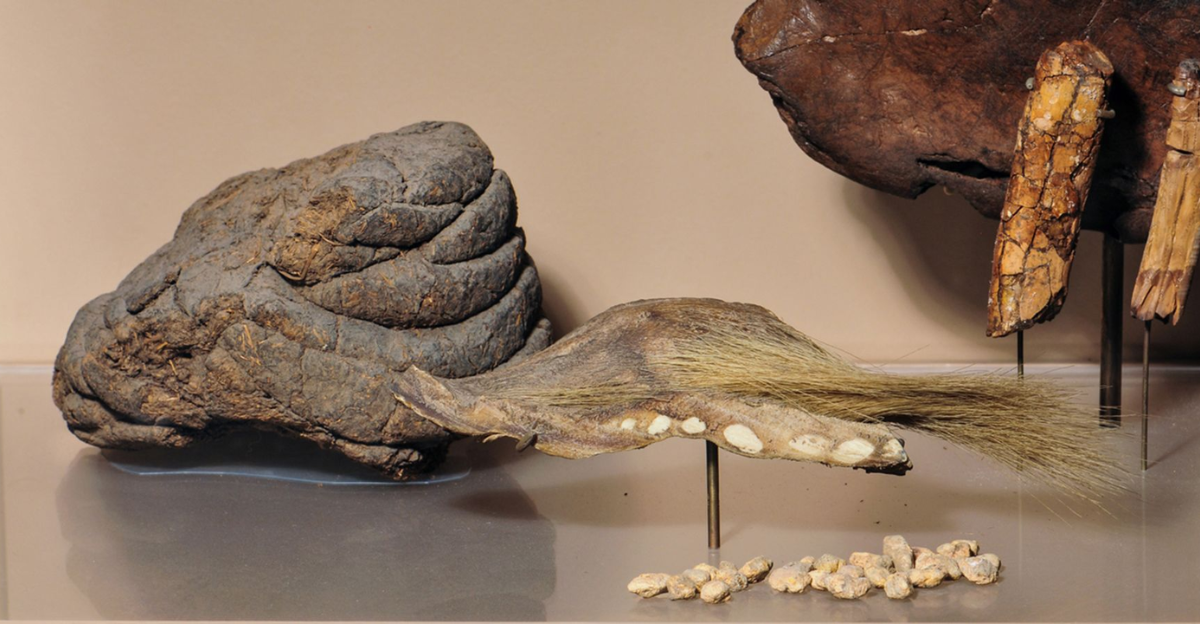
Analyzing plant microfossils trapped in the sloth’s dental tartar offers proof of a varied diet consisting of leaves, fruits, and other vegetation from both forested and open landscapes.
This dietary flexibility likely contributed to its success in adapting to the diverse Pleistocene environments of Florida. Isotopic reconstruction of teeth and bones will need to be performed to track the sloth’s seasonal diet and habitat selection.
However, for now, the partially preserved stomach contents could provide direct evidence of the sloth’s last meal, offering new insight into Pleistocene plant communities and herbivore-plant dynamics.
Dating and Preserving Methods
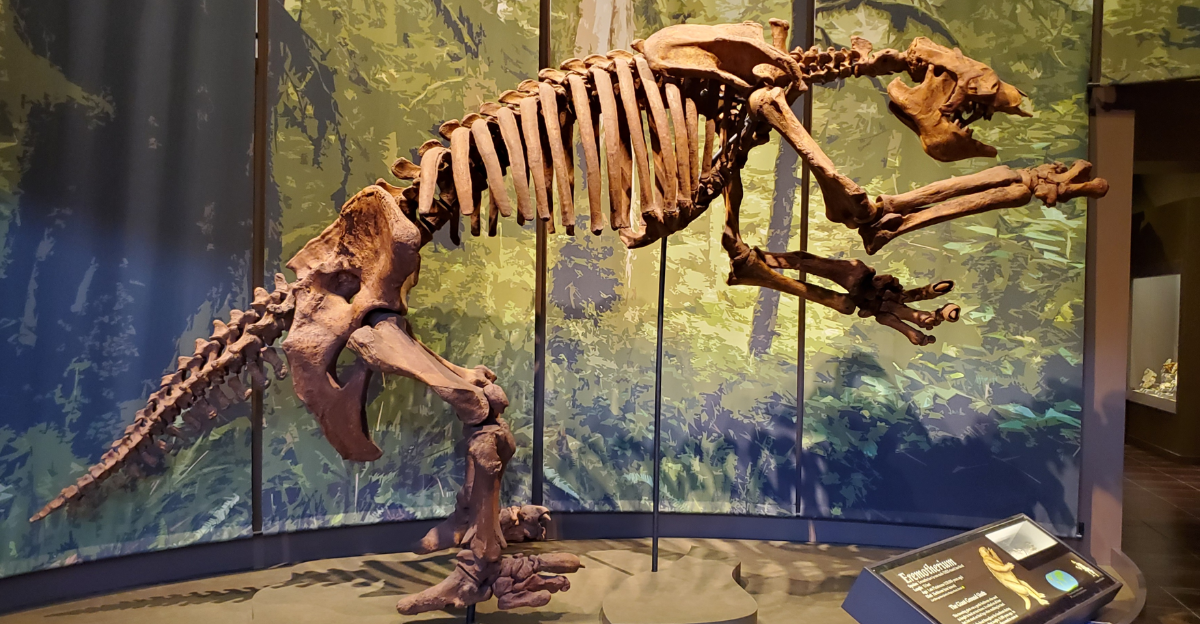
Radiocarbon dating of the collagen in bones confirms the skeleton’s age at approximately 12,000 years, toward the end of the Pleistocene era. To continue preserving the skeleton, paleontologists must systematically document it using 3D scanning and photogrammetry, gradual desiccation, and resin consolidation to prevent damage.
This unique preservation enables detailed, high-resolution anatomical and isotopic investigations to gain a better understanding of the creature’s life history, diet, and habitat. These techniques also ensure that the skeleton remains stable in the long term so that it can continue to be examined and eventually exhibited.
The Peace River: A Fossil Treasure Trove

The Peace River basin is renowned as a place for remarkable fossil discoveries, yielding thousands of specimens spanning decades, ranging from shark teeth to mammoth molars. Its unique geology and sedimentary environment have preserved remains in place, which are frequently exposed by erosion and seasonal flooding.
Undisturbed skeletons like this sloth are exceptional; however, most fossil finds are isolated bones scattered by the water’s currents. The preservation of this specimen shows that, at the time of death, it was quickly buried near the river, protecting it from predators.
This discovery reaffirms the Peace River as a paleontological hotspot and highlights Florida’s importance in understanding North America’s Ice Age megafauna.
Extinction Theories and Timing

Dating the sloth at roughly 12,000 years old, puts it in the middle of the end of the Pleistocene megafaunal extinction, when 75% of large mammals in North America became extinct. This chronology fuels the ongoing debate over the causes of extinction: climatically induced glacial retreat versus human overhunting.
Many scientists now prefer a multifactorial theory that cites a combination of climate change, human impact, and ecological cascade as the cause of this extinction event. Now, Florida’s giant sloth is the key data point that will allow for a better understanding of one of the world’s most dramatic extinction events.
Implications for Florida’s Past and Current Ecology

Apart from its paleontological interest, this discovery offers insight into Florida’s ecological history. Giant ground sloths were ecosystem engineers that regulated vegetation structure through their feeding habits.
Their extinction most likely altered the composition of plant communities and increased wildfires where biomass began to accumulate. Additionally, the bones’ isotopic composition aids in reconstructing the Pleistocene climate dynamics of the area.
Understanding past ecological processes helps inform current conservation biology by showing how megafauna shaped ecosystems and revealing the complex interactions between climate, species, and habitats. The giant sloth skeleton, therefore, ties Florida’s prehistoric past with its current and future environmental problems.
Explore more of our trending stories and hit Follow to keep them coming to your feed!

Don’t miss out on more stories like this! Hit the Follow button at the top of this article to stay updated with the latest news. Share your thoughts in the comments—we’d love to hear from you!



